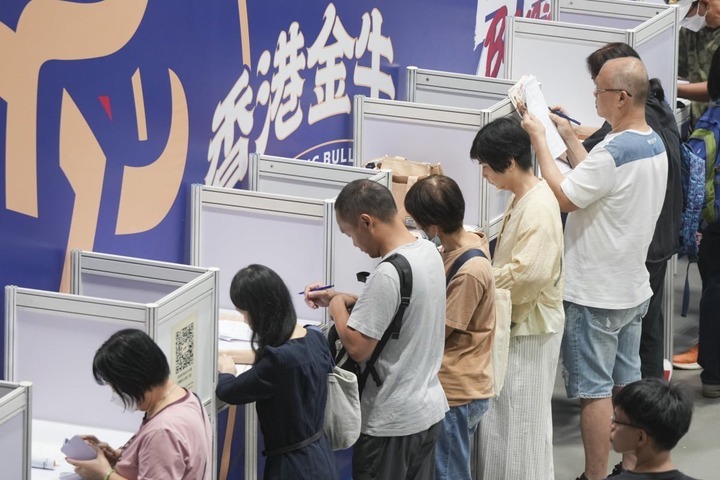Hong Kong aims to attract 10,000 skilled technicians aged 35 or below over three years by launching new channels under existing schemes to ease a manpower crunch in certain sectors, the labour minister has said. Secretary for Labour and Welfare Chris Sun Yuk-han said on Friday that the city was facing a shortage of 60,000 skilled technicians in various fields with a combined 400,000-strong workforce, prompting authorities to develop new channels to attract outside workers. ...READ THE FULL STORY FROM SOURCE ↔️
“Since we are faced with such a big challenge, we must find ways to look for new blood … Our initial thought for the plan is to attract young people aged 35 or below who will contribute their youth to the technician workforce in Hong Kong,” he said.
“But, meanwhile, we hope to strike a balance by giving opportunities to locals who are interested … That’s why we set the quota to 10,000 in a three-year period.”
Sun was expanding on measures unveiled by Chief Executive John Lee Ka-chiu in his policy address on Wednesday, but did not detail the job categories or professions to be included under the new entry measures.
Labour minister Chris Sun (left), with Chief Executive Eric Chan Kwok-ki, says importing workers is a “short-term” solution.
In explaining the imminent need for outside workers, Sun said the staff shortage rate in the sectors had risen to 14 per cent. He said the industries had been struggling to find new employees to fill the gap as around 160,000 local skilled workers had reached the age of 50.
In his address, Lee announced that there would be “new channels” under the city’s General Employment Policy and the Admission Scheme for Mainland Talents and Professionals to attract “experienced specialists” in certain trades facing severe manpower shortages to Hong Kong in the first half of 2025.
“Young and experienced” non‑degree talent with relevant professional and technical qualifications would be targeted, the city leader said.
A government source said examples of such roles included maintenance workers and lift mechanics, and candidates’ experience and qualifications would be assessed with reference to local licensing standards.
Unlike other imported labour schemes, those workers would qualify for permanent residency after remaining in the city for seven years, the source added.
Lawmaker Frankie Ngan Man-yu, the labour affairs spokesman for the city’s biggest party, the Democratic Alliance for the Betterment and Progress of Hong Kong, said schemes targeting certain skilled workers were lacking, and courses provided by local tertiary institutions could not meet demand.
Hong Kong policy address: John Lee woos money, cuts liquor duty and regulates subdivided flats
Citing lift maintenance technicians as an example, he said he often received complaints from residents regarding the long repair time and expensive costs due to the shortage of such workers.
“I believe the government set the quota at 10,000 based on manpower projections. As long as the salaries for incoming technicians align with the median wage for that sector, I don’t believe it will negatively impact job opportunities for local workers,” he said.
To ease labour shortages, the government implemented a scheme in July to import a maximum of 20,000 workers, mainly from mainland China, for jobs in the construction, transport and aviation industries. More than 12,000 workers have been working in these three sectors. The scheme will be reviewed two years after its launch.
Unionists have been up in arms over government plans to continue to import workers, claiming the drive has pulled down wages in some sectors, while lax monitoring has also led to exploitation.
Last month, 40 imported construction workers staged a protest in a pay dispute with a subcontractor involved in a public hospital project. They were subsequently fired but reinstated after unions stepped in.
Other complaints included imported workers having their bank cards taken by employers. Some workers reported that they had to pay for training, transport and tools, while others complained about having to work more than their 24 contracted days a month but were only getting paid for 24 days.
Sun said importing workers was only a “short-term” solution to future manpower needs, as he did not expect the migrants to stay in the city after they completed their contracts.
Separately, Hong Kong’s jobless rate remained at 3 per cent from July to September, unchanged from the previous three-month period. The number of unemployed people decreased by around 2,400 to 119,900. Total employment increased by around 1,700 to more than 3.71 million, while the labour force remained about the same at 3.83 million, the Census and Statistics Department said on Friday....For More READ THE FULL STORY ▶▶




